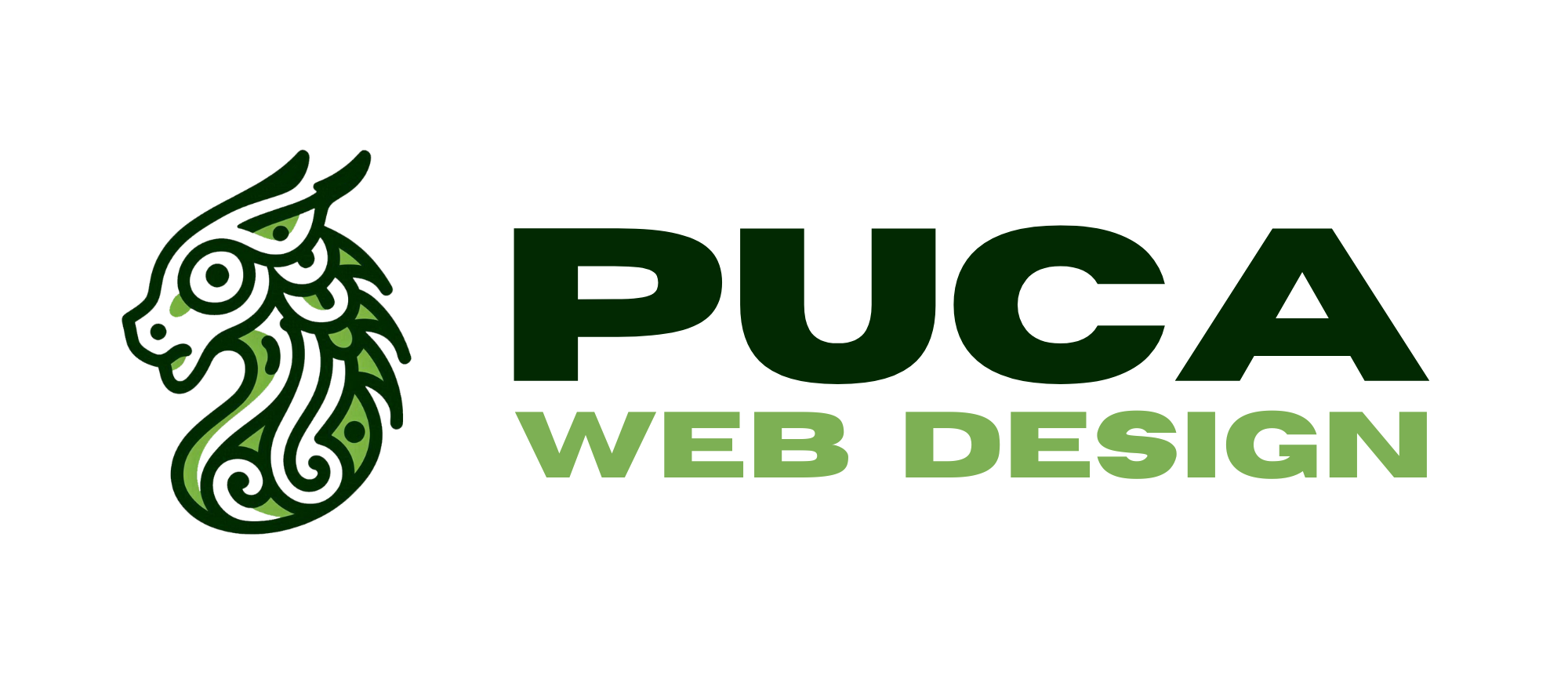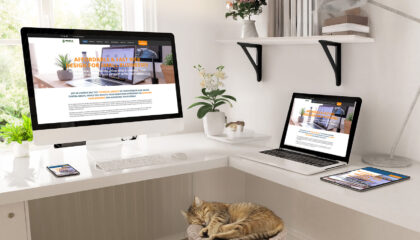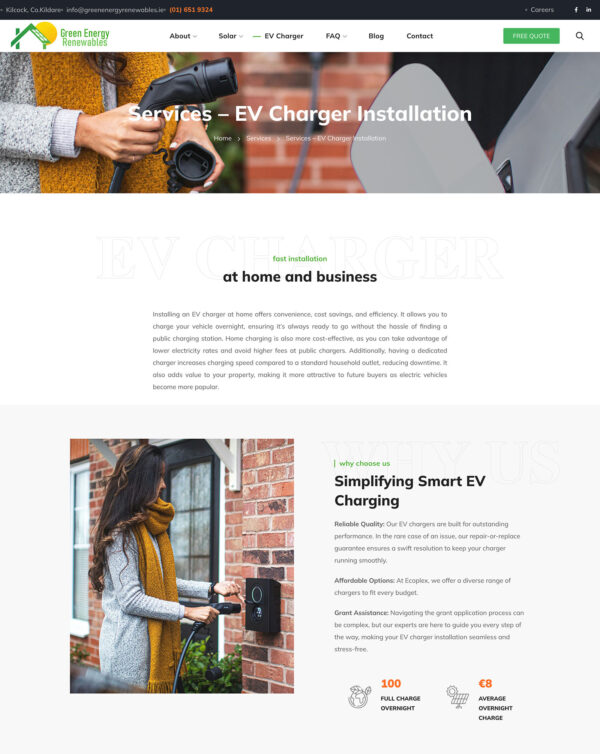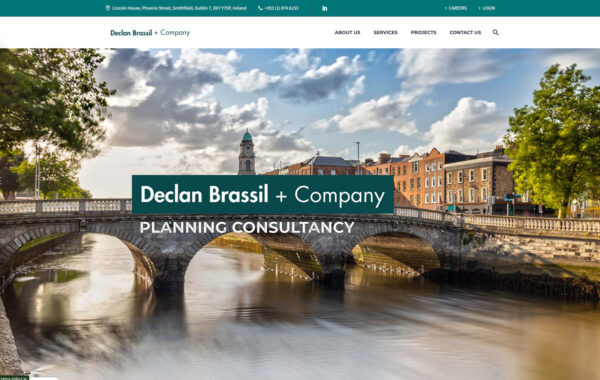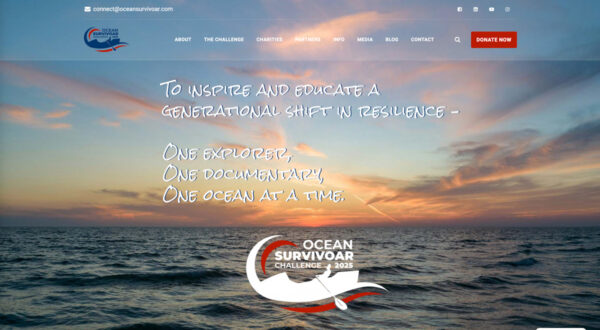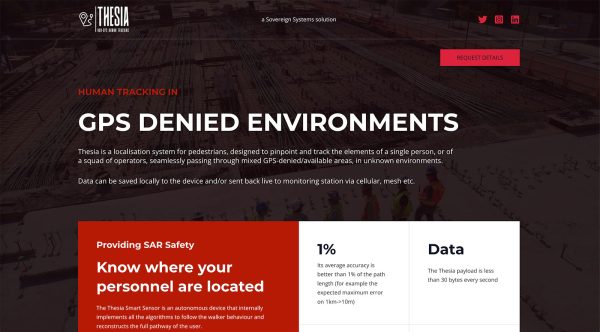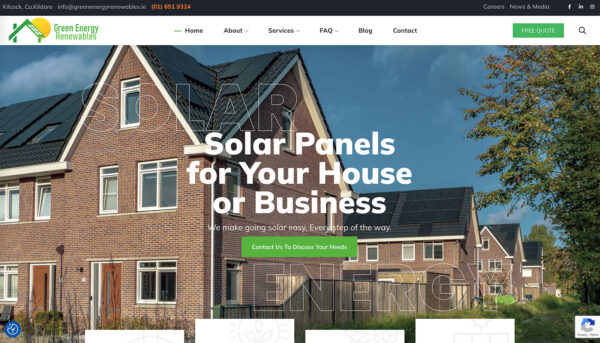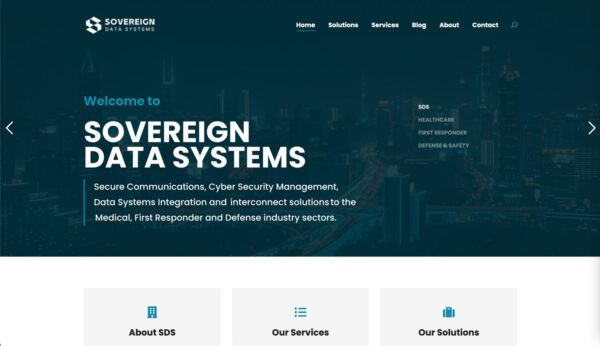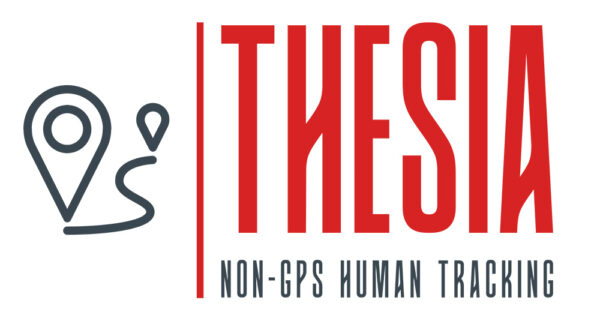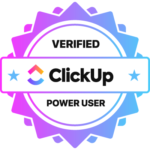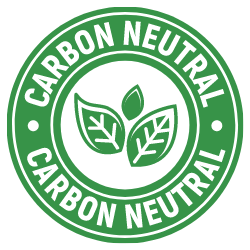To make a lasting impression and guide visitors toward taking action—whether it’s making a purchase, contacting you, or signing up for a service—your homepage needs to be clear, engaging, and easy to navigate. Below are the five essential elements every homepage should include to ensure a seamless user experience and maximise conversions.
A Clear Headline & Value Proposition
Why it matters:
Your homepage should immediately tell visitors what your business is about and how it benefits them. If they can’t figure it out within a few seconds, they’ll leave.
How to do it right:
✔ Keep it simple and customer-focused – Avoid jargon and focus on how your product or service helps the customer.
✔ Use a strong headline – It should be short, direct, and engaging.
✔ Include a subheading (optional) – This can further explain your services.
Example:
Headline: “Affordable & Custom Web Design for Small Businesses”
Subheading: “We help small businesses grow with stunning, user-friendly websites that attract more customers.”
Easy-to-Find Navigation Menu
Why it matters:
If users can’t find what they’re looking for quickly, they’ll get frustrated and leave. A simple, clear menu makes their experience smoother and keeps them on your site longer.
How to do it right:
✔ Keep the menu simple – Too many options can overwhelm visitors. Stick to the most important pages.
✔ Use clear labels – Avoid fancy terms. Use familiar labels like “Home,” “About,” “Services,” “Contact,” and “Blog.”
✔ Make it visible – Place it at the top of the page so it’s easy to spot.
Example of a simple navigation menu:
- Home
- About Us
- Services
- Portfolio
- Contact
A Strong Call-to-Action (CTA)
Why it matters:
Your homepage should guide visitors toward a specific action—whether it’s making a purchase, booking a consultation, or signing up for a newsletter. Without a CTA, visitors might not know what to do next.
How to do it right:
✔ Make it stand out – Use bold colours and large buttons.
✔ Be clear and direct – Use action-driven phrases.
✔ Place it above the fold – It should be visible without scrolling.
Good CTA Examples:
“Get a Free Quote” – Great for service-based businesses.
“Shop Now” – Perfect for e-commerce sites.
“Sign Up for Our Newsletter” – A good lead-generation strategy.
High-Quality Images or Videos
Why it matters:
People process visuals much faster than text. High-quality images and videos make your brand more engaging, trustworthy, and memorable.
How to do it right:
✔ Use authentic visuals – Real images of your products, team, or office perform better than generic stock photos.
✔ Showcase your work – If you’re a web designer, include screenshots of past projects. If you run a ✔ Consider adding a short video – A quick introduction video about your business can boost engagement.
Example:
A web development agency could show before-and-after website redesigns.
A real estate agent could feature a virtual tour of a home.
Trust Signals (Social Proof & Contact Info)
Why it matters:
People buy from businesses they trust. Adding credibility elements reassures visitors that they’re making the right decision.
How to do it right:
✔ Customer Reviews & Testimonials – Show real feedback from happy customers.
✔ Trust Badges & Certifications – Display awards, affiliations, or security badges (like SSL for secure payments).
✔ Contact Information – Make it easy for visitors to reach you by including your email, phone number, and location (if applicable).
Example:
***** “This team built our website in record time, and we’ve seen a 40% increase in sales!” – Jane D., Happy Customer
A strong homepage keeps visitors engaged and encourages them to take action.
By including:
✔ A clear headline
✔ Simple navigation
✔ A strong CTA
✔ Engaging visuals
✔ Trust-building elements
…your website will be more effective in converting visitors into customers.
Need help improving your homepage? Let us know!
 Read more +
2025-04-14 By Shay in Website, WordPress
Read more +
2025-04-14 By Shay in Website, WordPress  Read more +
2025-04-13 By Shay in Landing page, Maintenance, Management, SEO, Services, Social Media, Website, WordPress
Read more +
2025-04-13 By Shay in Landing page, Maintenance, Management, SEO, Services, Social Media, Website, WordPress  Read more +
2025-04-11 By Shay in Maintenance, Management, SEO, Social Media, Website, Website add-ons, WordPress
Read more +
2025-04-11 By Shay in Maintenance, Management, SEO, Social Media, Website, Website add-ons, WordPress  Read more +
2025-04-10 By Shay in Website, WordPress
Read more +
2025-04-10 By Shay in Website, WordPress  Read more +
2025-04-09 By Shay in Website, WordPress
Read more +
2025-04-09 By Shay in Website, WordPress  Read more +
2025-04-08 By Shay in Website, WordPress
Read more +
2025-04-08 By Shay in Website, WordPress  Read more +
2025-04-07 By Shay in Website, WordPress
Read more +
2025-04-07 By Shay in Website, WordPress  Read more +
2025-04-05 By Shay in Maintenance, Management, Security, SEO, Services, Social Media, Website, WordPress
Read more +
2025-04-05 By Shay in Maintenance, Management, Security, SEO, Services, Social Media, Website, WordPress  Read more +
2025-04-04 By Shay in Social Media
Read more +
2025-04-04 By Shay in Social Media  Read more +
By Shay in Website, WordPress
Read more +
By Shay in Website, WordPress 